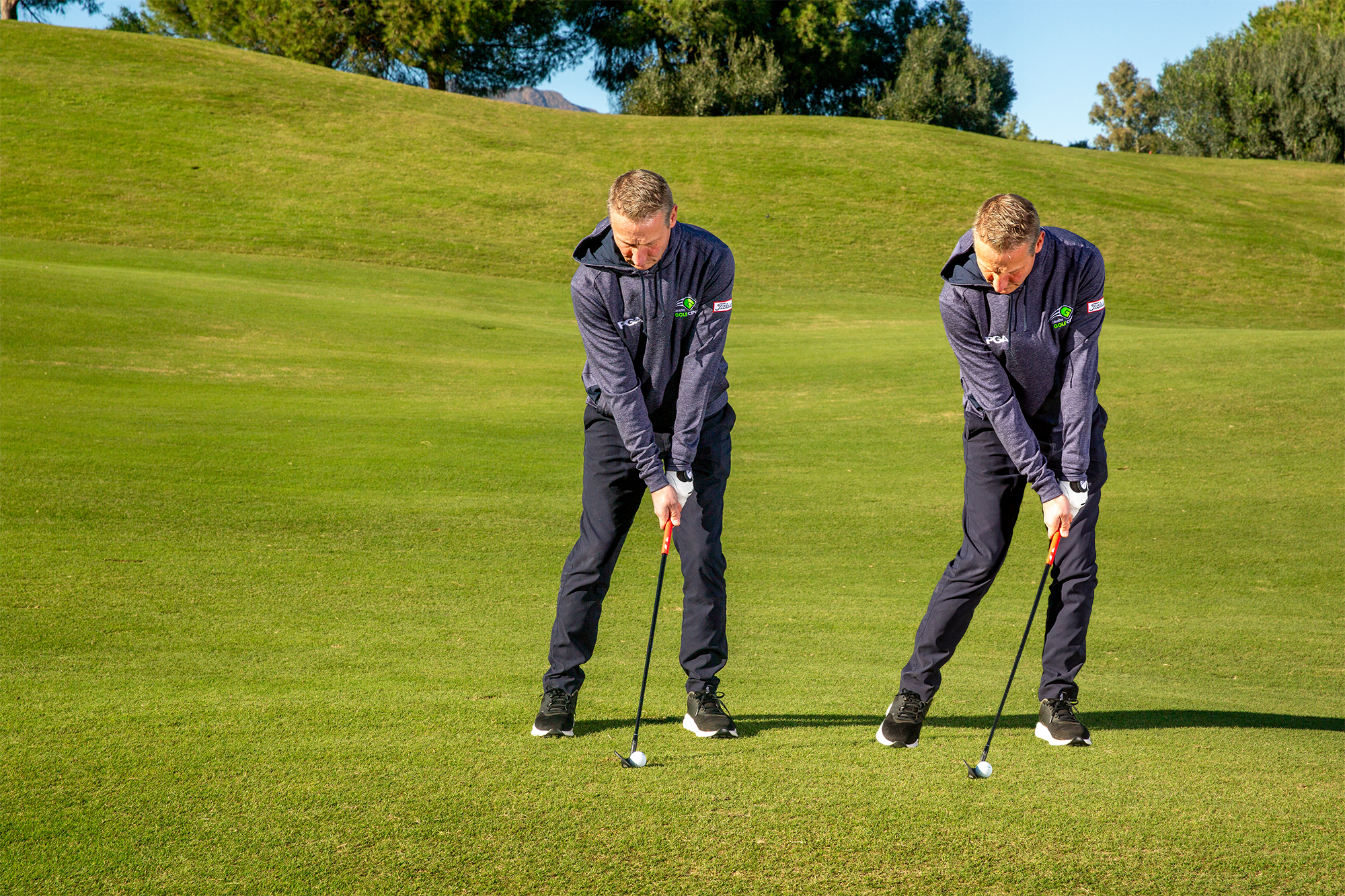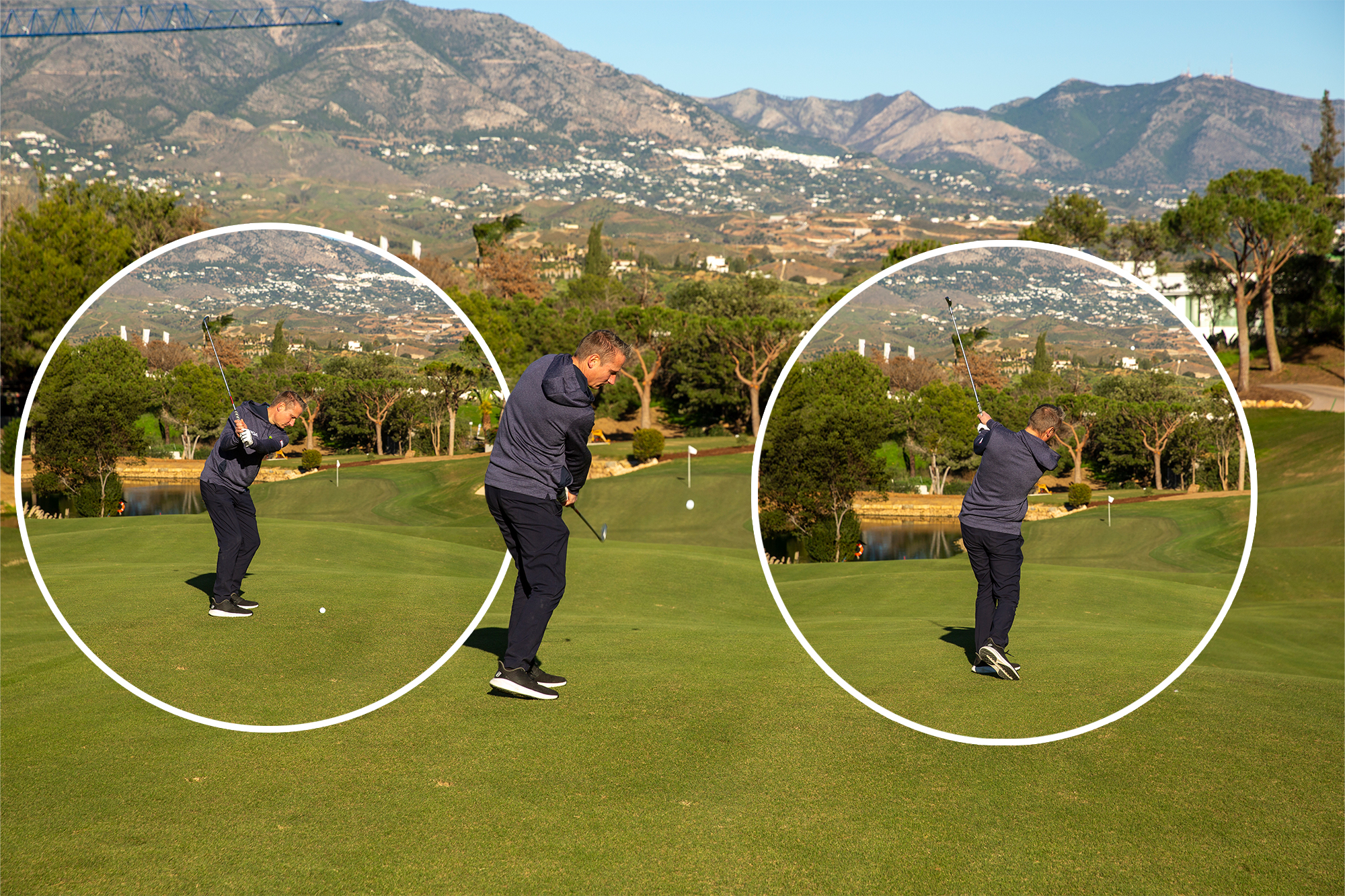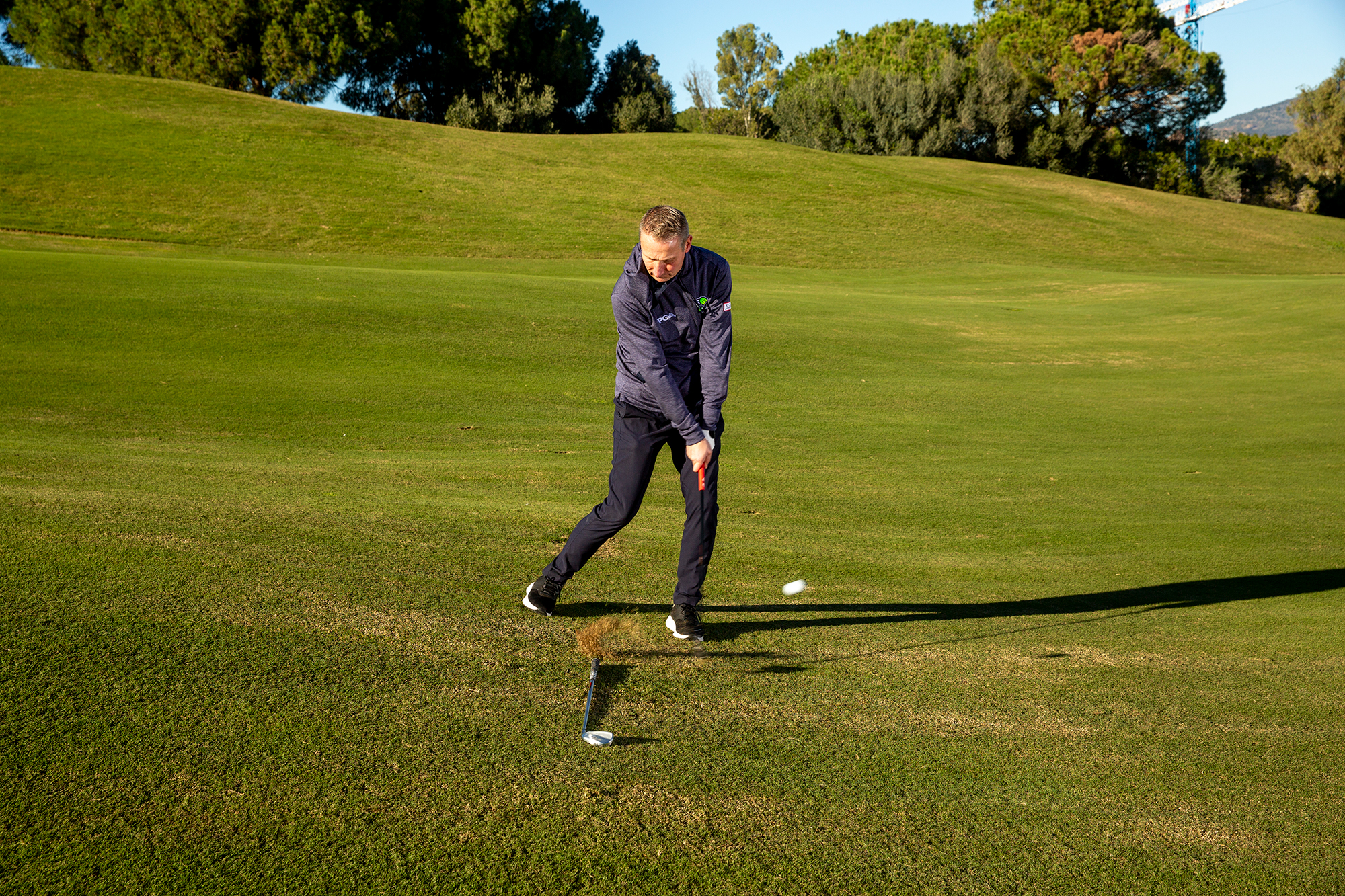6 Steps To Mastering The Scoring Zone On The Golf Course (That Most Amateurs Fail To Exploit)
Good golfers get up and down with impressive regularity from this crucial scoring zone, but how can you get in on the action? These six expert tips show the way


Anders Mankert
The best golfers are highly proficient from 130-140 yards and in, with an ability to produce a plethora of shots that help them to get up and down from this crucial scoring zone.
Hitting the perfect pitch shot with regularity is something all amateurs can do, especially when armed with the 20 best short game tips and drills from our experts.
As a result, instead of scrambling for par and falling foul of common amateur mistakes around the green, you can think about hitting it in nice and tight - setting up plenty of birdie opportunities.
So, to help you get dialled in from this key distance, we asked Top 50 Coach and PGA Master professional Anders Mankert to share his extensive wisdom in order to help you improve your play from the scoring zone...
Mastering The Scoring Zone

Anders Mankert has been coaching since 1993. He is a PGA Master Professional and he has won numerous coaching awards including being the first professional to be given the Lifetime Achievement Award by England Golf. He has also been awarded Honorary Lifetime Membership of England and Wales Blind Golf.
Anders was recently awarded a medal by The King for services to golf and people with disabilities - further emphasising the significant impact he has had on the game and those that play it.
Welcome to the scoring zone! If you can sharpen up this aspect of your game, I am confident you can shoot lower scores and reduce your handicap.
I recommend mixing it up and trying to play different shots with different clubs, maybe not first time out in a competition, but certainly in casual rounds or during your next range session.
You’ll notice a shift in mindset, too, as you’ll start thinking more about getting it up and down rather than being happy with a par.
Subscribe to the Golf Monthly newsletter to stay up to date with all the latest tour news, equipment news, reviews, head-to-heads and buyer’s guides from our team of experienced experts.
1. SHOT SELECTION
In this scenario, I can play two very different shots – a full sand wedge or a knock-down 8-iron.
Lots of club golfers would choose the former, simply because it’s that wedge range, but I’d play the 8-iron as the pin is at the back, and I’ve got the whole green to work with.

Same shot - two different way to play it
With a wedge, you have to be so precise. It’s more of an aggressive downward strike that will produce lots of height and spin.
In this situation, I want to take the spin off and let the ball run up the green. I’ll grip down a couple of inches, which takes a bit of the power off, and have the swing thought of my body pulling through the shot.
What I mean by that is that the clubhead is lagging or following behind (not undertaking), and it feels like it stays behind the whole time. We refer to it as ‘dead arms’. It’s a very shallow shot, with very little wrist action.
2. WEDGE BASICS
Sometimes a full sand wedge is the correct play but let’s start with a common fault – which is the ball position being too far forward.
This sets your sternum behind the ball, leading to fat and thin strikes.
Instead, you need your hands forward to ensure a good strike. This is a good way to learn how to compress the ball, as you have to work really hard to get your weight and hands in front.
If you can hit the ball well from this position, doing so from the middle of the stance is easy; it encourages you to move your weight, sternum and hands forward.

Getting the hands forward (right) is a key component for this type of shot
The image shows a textbook set-up and strike. Note the position of my hands at address – slightly forward of the ball, as is my weight.
I can’t stress enough just how important it is for your sternum to be in front of the golf ball, because this is where you want the swing’s low point to be.
By the time I reach impact, you can see that my hands are a further 4-6ins forward from where they started. I’m going to create a pretty chunky divot, with the strike being, crucially, ball then turf.
3. THE WEDGE EXTENSION DRILL
This is one of my favourite iron-play drills and one I highly recommend for honing solid technique with your scoring clubs.
I’ve actually built a sand wedge with an extra shaft sticking out of the top, but an alignment stick works just as well.
Many pros use this as a warm-up, including Henrik Stenson, Justin Rose, Tommy Fleetwood and Rickie Fowler. It encourages you to get your hands and sternum forward, as previously discussed.

This drill provides instant feedback... even if mistakes can be a little painful!
If you do it correctly, you can take half swings and hit the ball without the extension contacting you at all.
But if you don’t rotate the body properly, and don’t come in with your hands in the correct position and your sternum forward – maybe you’re leaning back – you’ll get a clip on the side!
You’ll actually come to a grinding halt before you reach the ball. Start off with little chip shots, then work further back to a maximum arm position of 9 o’clock to 3 o’clock.
4. KEEP IT SIMPLE
One way to think of pitching is that we’re merely pivoting around the same spine angle.
Note the position of my sternum in this image. My spine angle is just held – it’s the same as where it started.
Unless you’re trying to cut the ball, or play a flop shot, you don’t need to open your stance.
For standard pitch shots, keep everything square with the ball in the centre and the feet shoulder width apart (outside to outside of feet). Your weight distribution should slightly favour the lead side.

Spine angle is consistent throughout the swing
5 DOWNHILL LIES
Sometimes you will need to make crucial adjustments as flat lies aren’t guaranteed, even if you find the fairway.
Chipping from downhill lies can be particularly troublesome for club golfers, but these set-up changes will help you get the desired strike. I’ve put a club down to illustrate how far back in the stance the ball needs to be.

Ball position is key for downhill pitch shots
If it’s too central, you risk bottoming out before the ball and catching it fat.
I’ve got my sternum well ahead of the ball and approximately 80% of my weight on my lead side. This is going to help me to move the low point beyond the ball.
Find a downhill lie and practise this. It will really help you to become better at pitching as ‘normal’ pitches will suddenly feel easy!
6. SHAPING SHORT PITCHES
These are two very useful little pitches to add to your armoury when you’re fairly close to the green (30-40 yards).

These simple setup changes can help you to drastically improve your short pitch shots
The first, where I’ve closed both the face and my stance, promotes a drawing pitch. I recently watched a fascinating video where Tiger Woods and Jason Day discussed how they liked to play this shot, a kind of deliberate little hook.
It lets them use the bounce and gets the ball to release up the green. Then, of course, there’s the opposite, with an open face and open stance creating cut spin.

Michael has been with Golf Monthly since 2008. A multimedia journalist, he has also worked for The Football Association, where he created content to support the England football team, The FA Cup, London 2012, and FA Women's Super League. As content editor at Foremost Golf, Michael worked closely with golf's biggest equipment manufacturers and has developed an in-depth knowledge of this side of the industry. He's a regular contributor, covering instruction, equipment, travel and feature content. Michael has interviewed many of the game's biggest stars, including seven World No.1s, and has attended and reported on numerous Major Championships and Ryder Cups around the world. He's a member of Formby Golf Club in Merseyside, UK.
- Anders MankertMaster PGA Professional and Golf Monthly Top 50 Coach
You must confirm your public display name before commenting
Please logout and then login again, you will then be prompted to enter your display name.